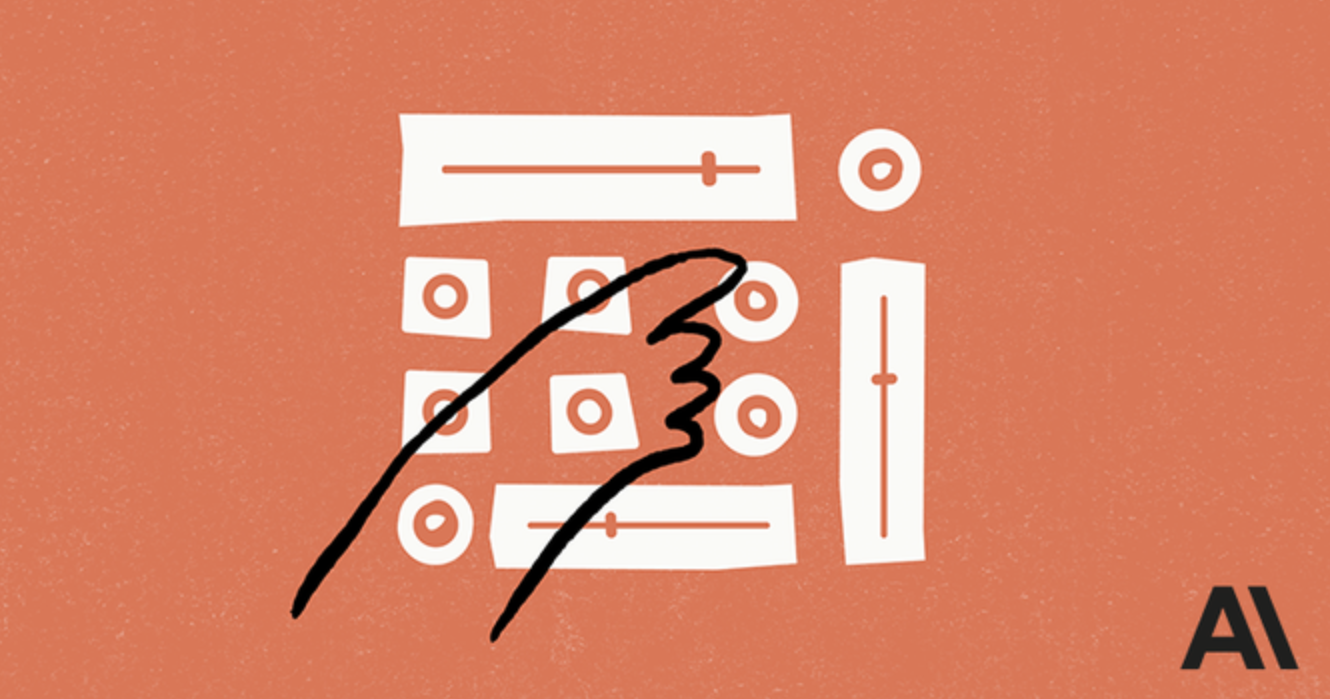Anthropic makes its Claude 3 family more versatile through tool use

Key Points
- Anthropic is expanding its Claude 3 AI model to include support for external tools. This allows Claude to access documents, perform complex calculations and orchestrate sub-agents to handle a wider range of tasks.
- To select the right tools, Claude needs detailed descriptions of the tools in JSON format. These should explain what the tool does, when it should be used and what the individual parameters mean. According to Anthropic, Claude 3 can reliably select the right tool for a task from hundreds of tools.
- Using "chain of thought" prompting, Claude shows step by step how it combines tools for a task. The top model, Opus, is best at using multiple complex tools and dealing with missing parameters.
Update –
- Added general availability for Claude 3 tool use
Update from May 31, 2024:
Anthropic has made tool use generally available for its entire Claude 3 model portfolio on its Messages API, Amazon Bedrock, and Google Cloud Vertex AI.
Developers can now start using tools on the mentioned platforms. Documentation, a tutorial, and cookbooks are available.
With tool use, Claude can extract structured data, make API calls, search databases, and automate simple tasks.
The developer offering includes streaming for real-time responses, forced tool selection, and image support. According to Anthropic, customers like StudyFetch, Intuned, and Hebbia are using Claude 3 with tool use to develop personalized AI tutors, improve data extraction, and support complex workflows.
Original article from April 5, 2024:
Anthropic's Claude 3 can now reliably select the right tool for the job from hundreds of options
Anthropic adds support for external tools to Claude 3. This allows the model to automatically access documents or perform more complex calculations. According to Anthropic, Claude 3 can reliably select the right tool for a task from hundreds of options.
Customers can give Claude access to internal knowledge databases, real-time data, and complex calculations via structured APIs. In addition, Claude can orchestrate sub-agents to handle granular requests. This allows the AI model to be augmented with custom functionality to handle a wider range of tasks.
Tools must be provided by API users, as Claude itself does not have any built-in tool functionality. Each tool consists of a name, a detailed description, and an input schema in JSON format.
Anthropic recommends providing as much detail and context about the tools in the descriptions as possible, so that Claude can learn how to use them correctly. The description is even more important than the usage examples. Each tool should be described with at least three to four sentences that answer questions like
- What the tool does
- When to use it (and when not to)
- What each parameter means and how it affects the behavior of the tool
- Important caveats or limitations, such as what information the tool will not return if the tool name is unclear
If Claude recognizes a suitable tool, the API returns a response with the reason "tool_use". Based on the tool name and input, the function can be executed on the client side and the result returned to Claude.
Video: Anthropic
Depending on the task, Claude displays a "chain of thought" with step-by-step considerations of how to use which tools. This provides insight into its decision-making process and helps with debugging. For more complex models like Sonnet, the chain of thought can be stimulated by special prompts.
According to Anthropic, the top model Opus is best able to combine multiple complex tools and handle missing parameters. It asks for more information if needed.
The smaller Haiku model tries to invoke tools even without explicit arguments. Overall, Claude can reliably select the right tool from hundreds of options, Anthropic says.
With well-designed tools, the range of applications for Claude can be enormously expanded, according to Anthropic. The API documentation contains numerous examples of how Claude can be used as a customer service assistant, to extract structured data, or to control subagents.
AI News Without the Hype – Curated by Humans
As a THE DECODER subscriber, you get ad-free reading, our weekly AI newsletter, the exclusive "AI Radar" Frontier Report 6× per year, access to comments, and our complete archive.
Subscribe now